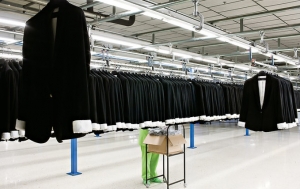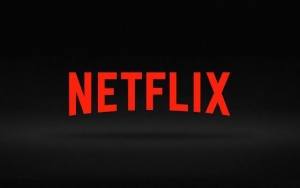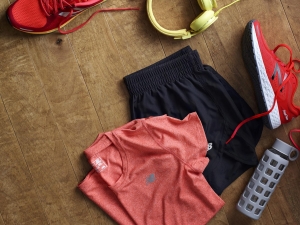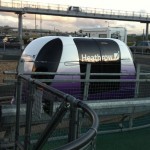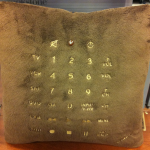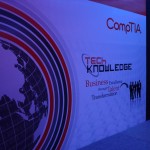Driving in my classic car, listening to Grover Washington Jr on cassette tape (honestly, after all this car is 30 years old), I marvelled at how reliable this car is and how little tech was involved all those years ago in these machines, but mixing old thoughts with new, I realised just how technology is both art and science today. It is worth a post.
I think the biggest opportunities lie where technology is able to span both; let me explain why and how with education in mind.
Tech is science: one of the greatest opportunities in education is where technology can create a market segment of one: the individual. Where tech can help us create personalised learning so that students can learn at their own pace and level, and achieve goals and qualifications that are unique to their requirements, career aspirations and future. Tailored learning to suit a unique need at one point in time.
Tech is art: I experienced this a second time with air travel recently, where the entire check-in process was automated and I, as the traveller, had to self-serve. This is a masterstroke. Companies putting technology in place to allow customers to check-in themselves, print out their own documents, weigh their own luggage, print their own tags and calling it improved customer service – while saving costs all along the journey. How can technology help and even encourage people to learn, test and credential themselves, consuming small modules to achieve a goal, then move on to the next one? How can we utilise technology to predict, based on past learnings, what we need to do next?
I assembled the idea for this post sitting in traffic. I wonder as we get older whether we start going back to the old days, where we can be creative and have time to think, and not worry about the InBox.

